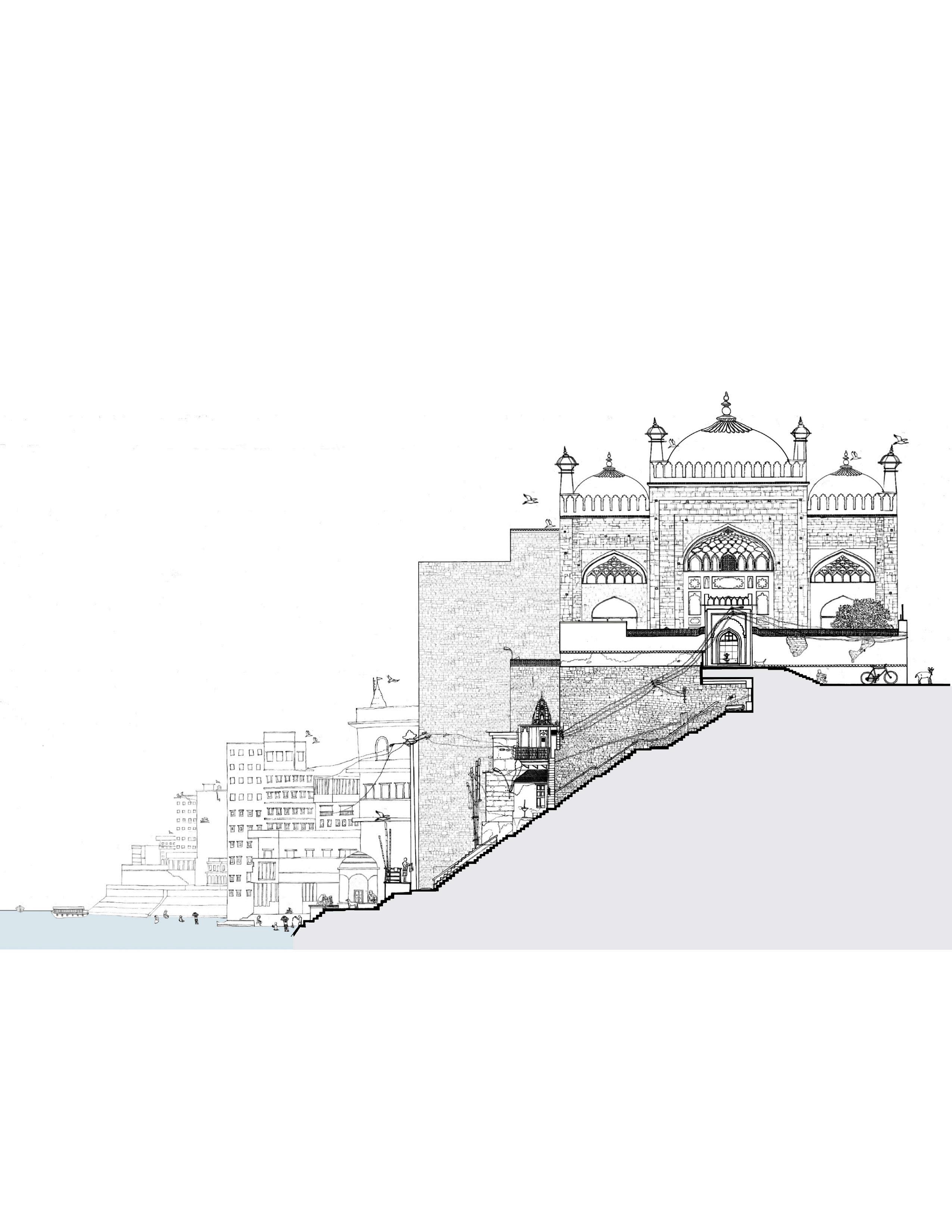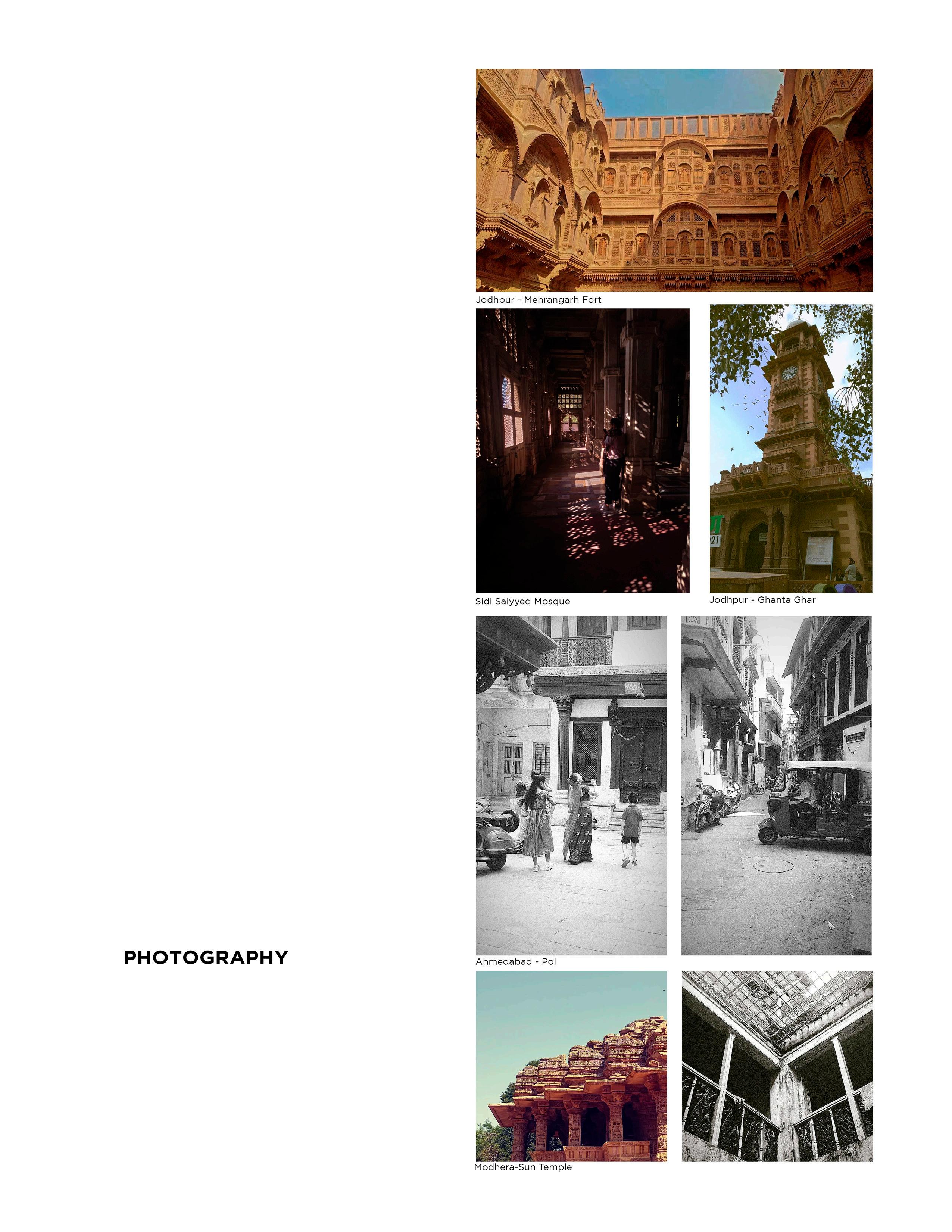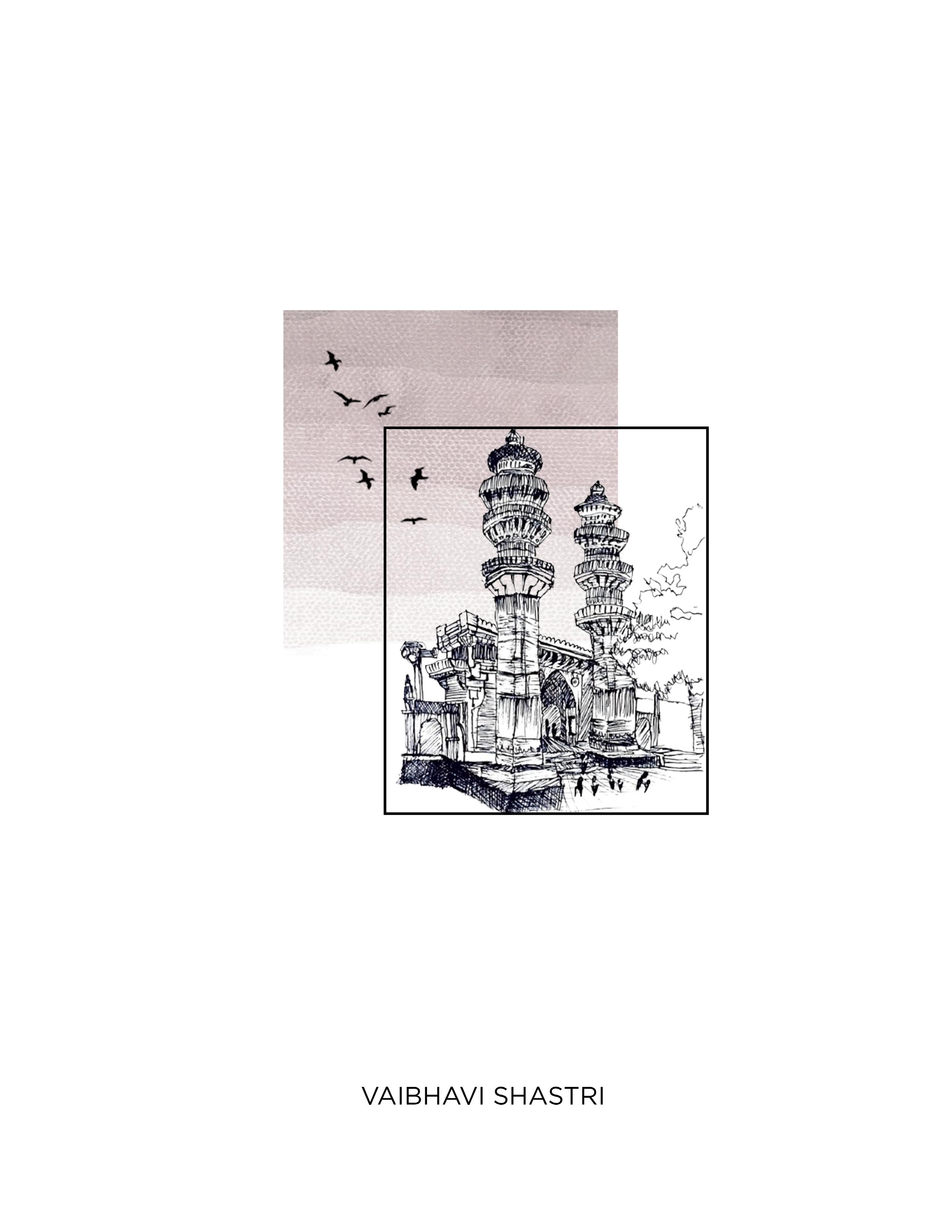
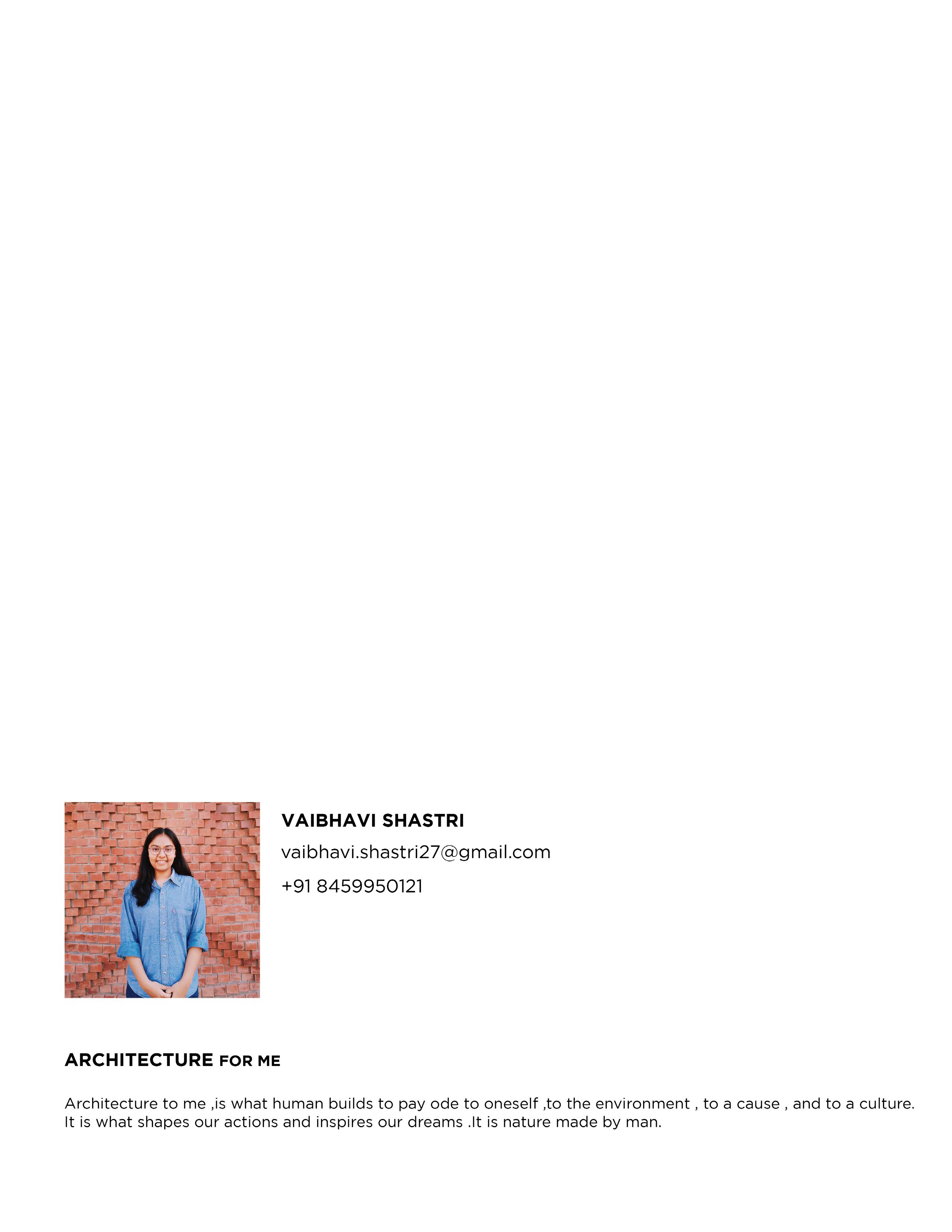
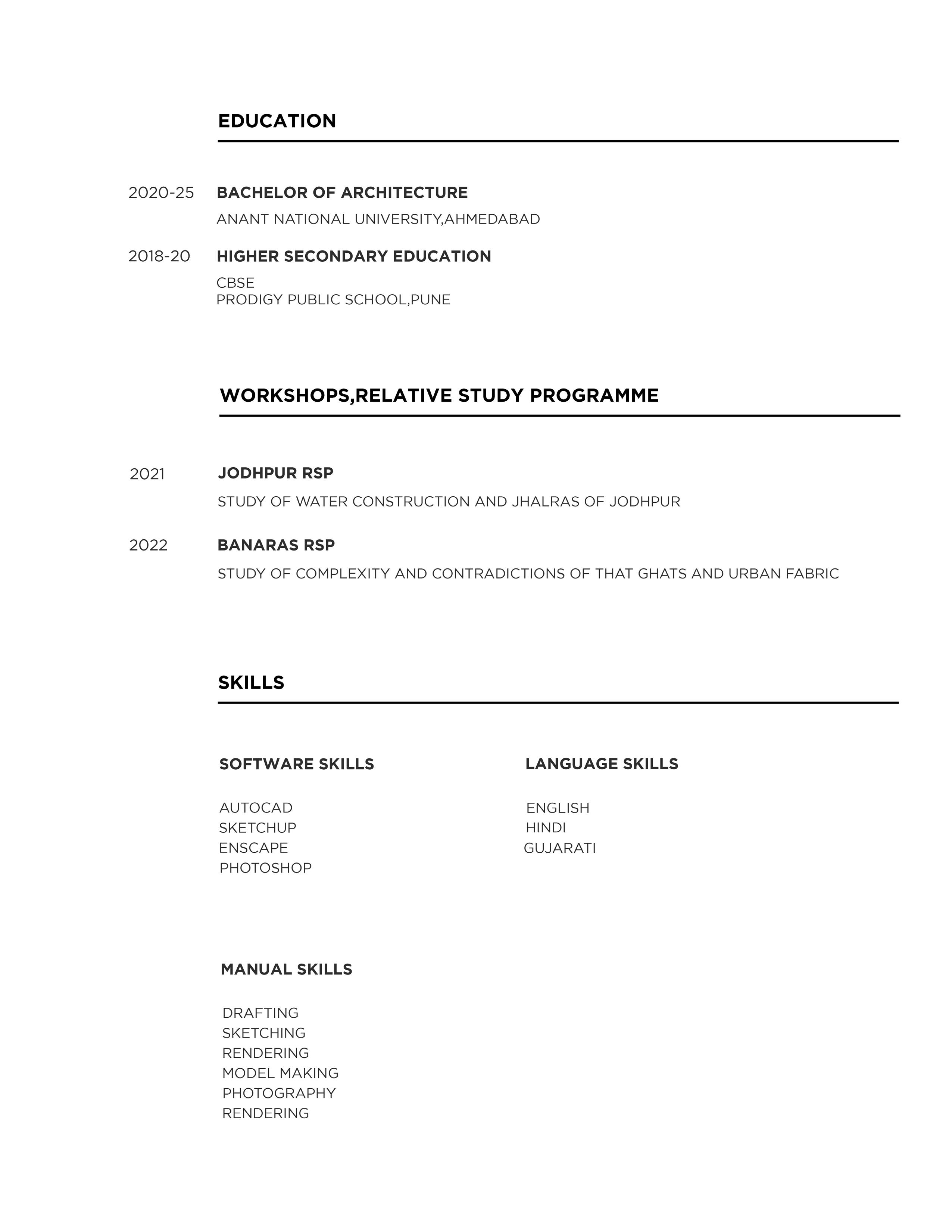
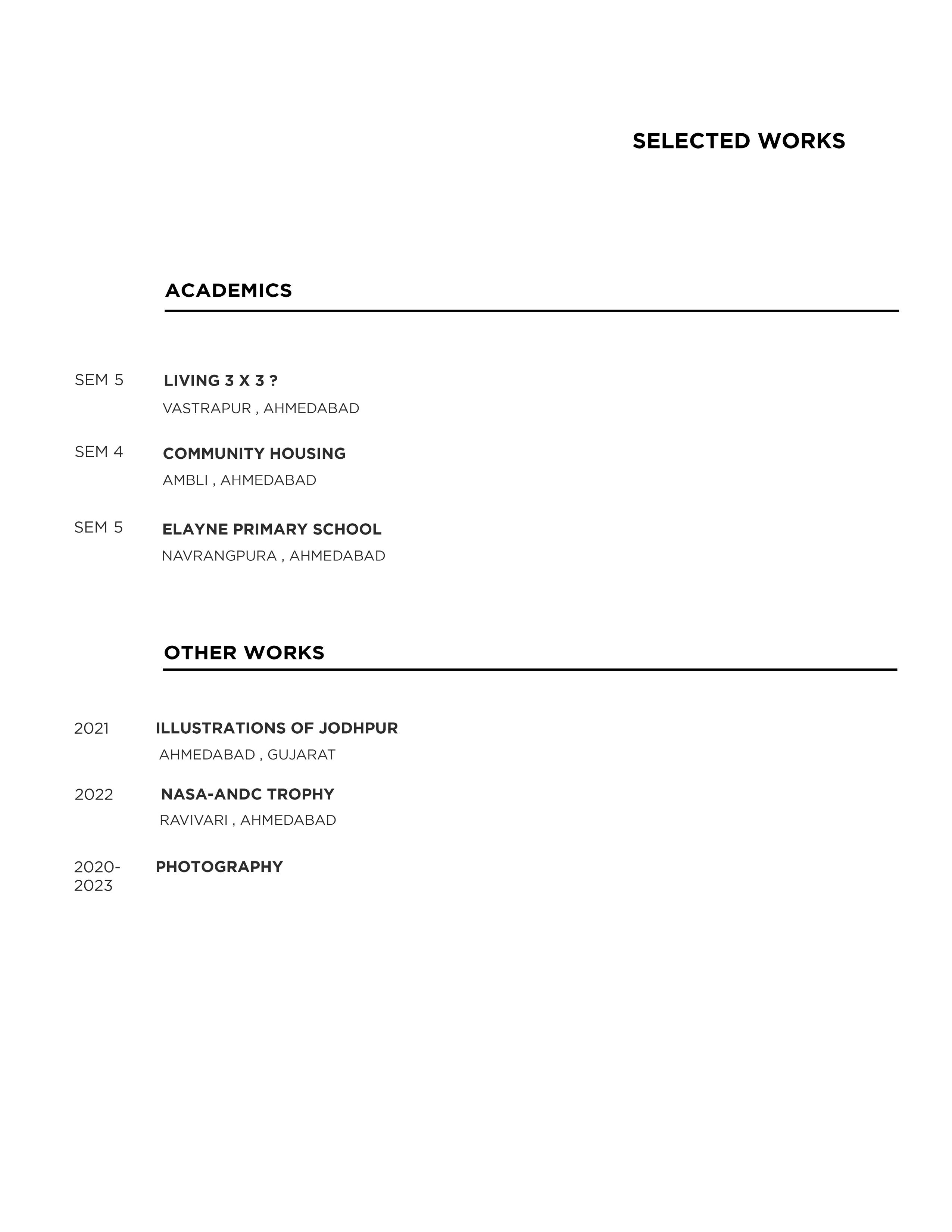
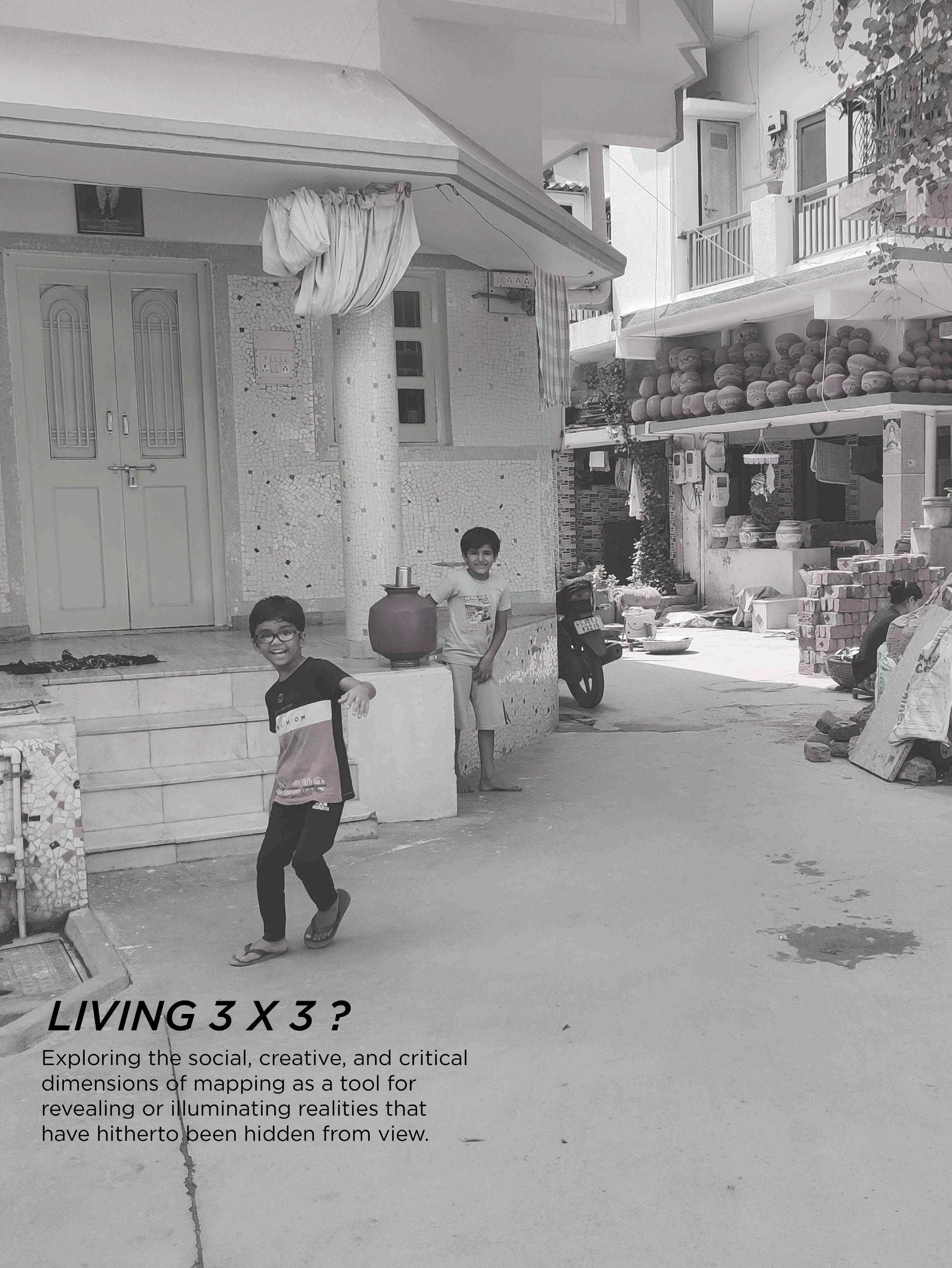
Humans are porous by nature, described by the sociologist and philosopher Georg Simmel as ‘the bordering creature who has no border.’ Such Porosity is seen here ,in Vastrapur Gam of Ahmedabad .The majority of chances for natural social mixing occurs in the spaces between our buildings, the ‘public’ and ‘open space’ which is so often indicated on proposed masterplans but in most cases without a true understanding of its full implications, importance or potential within the city.
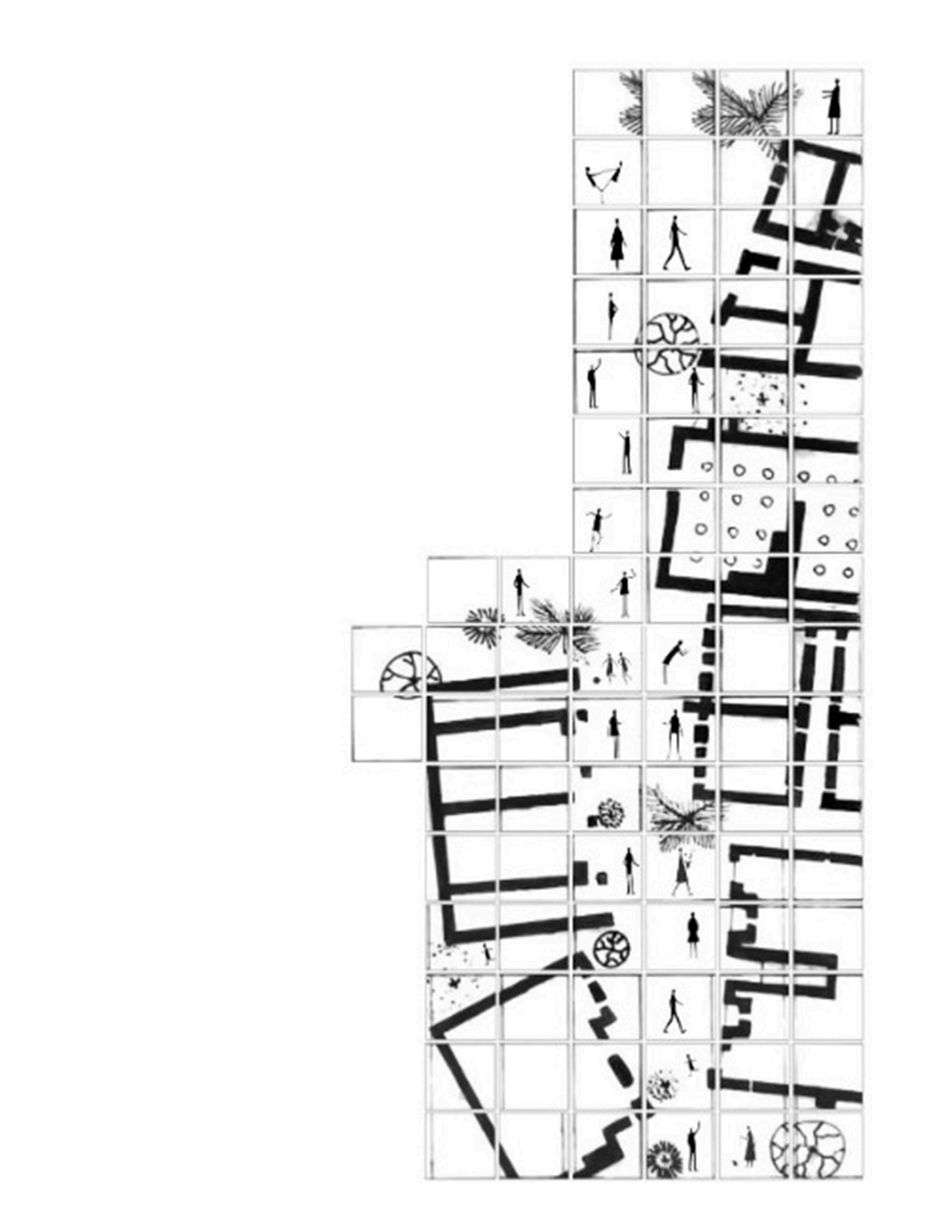
True porosity is achieved where nothing is regarded as definitive, as a result this encourages unforeseen groupings of social engagements and promotes a diverse approach to the use of space.

Despite the varying styles in which the buildings within our cities are constructed, the space between them lives unto its own law, as diverse as the people found within them.
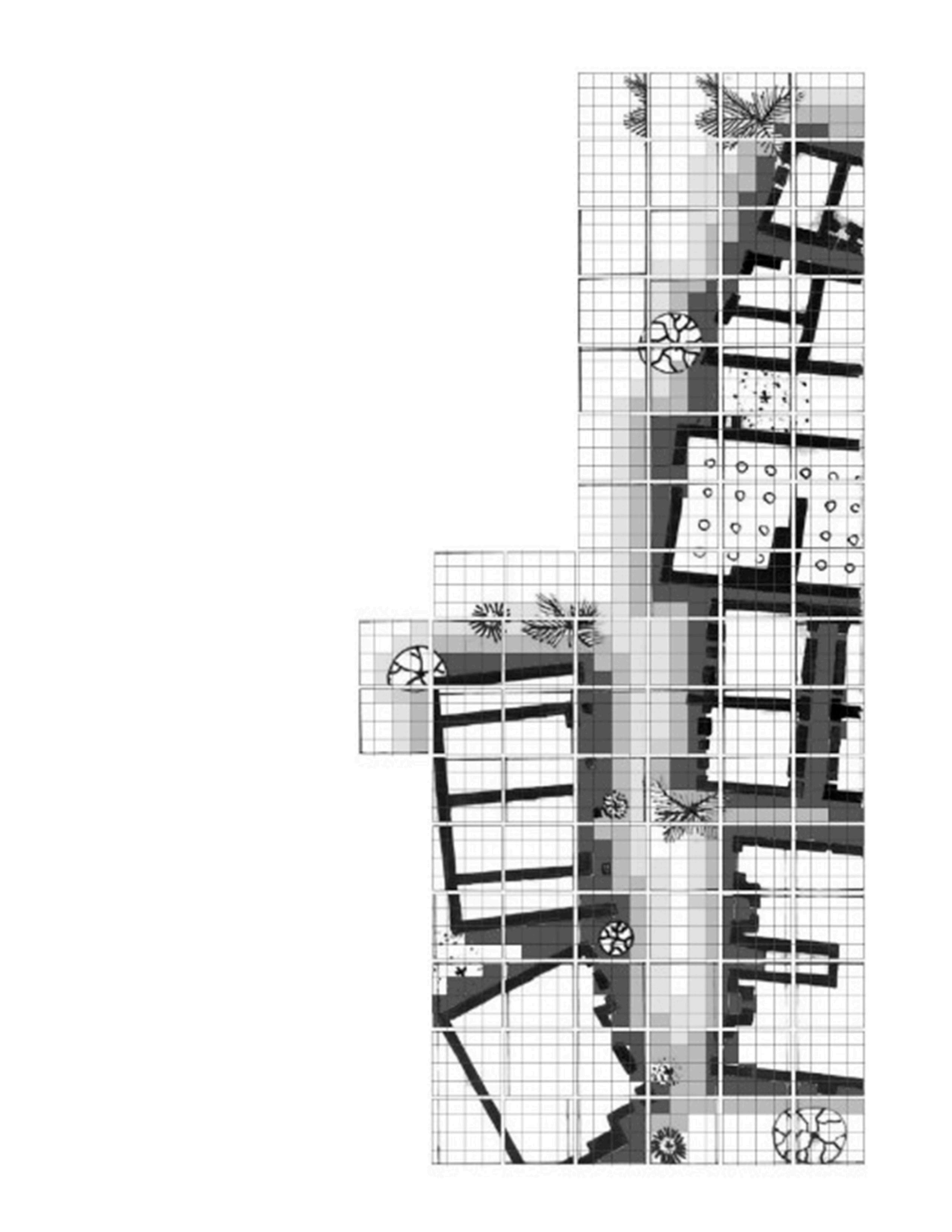


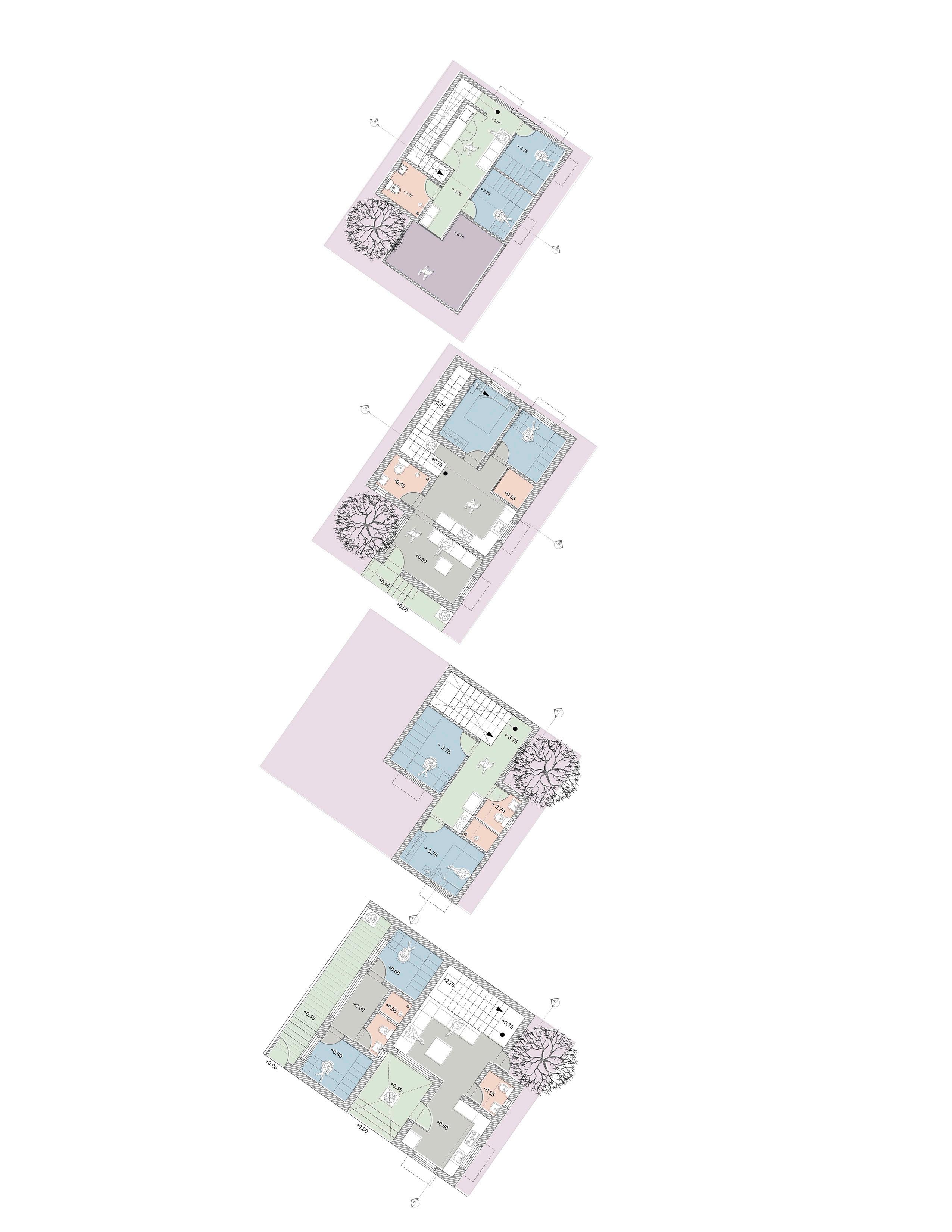
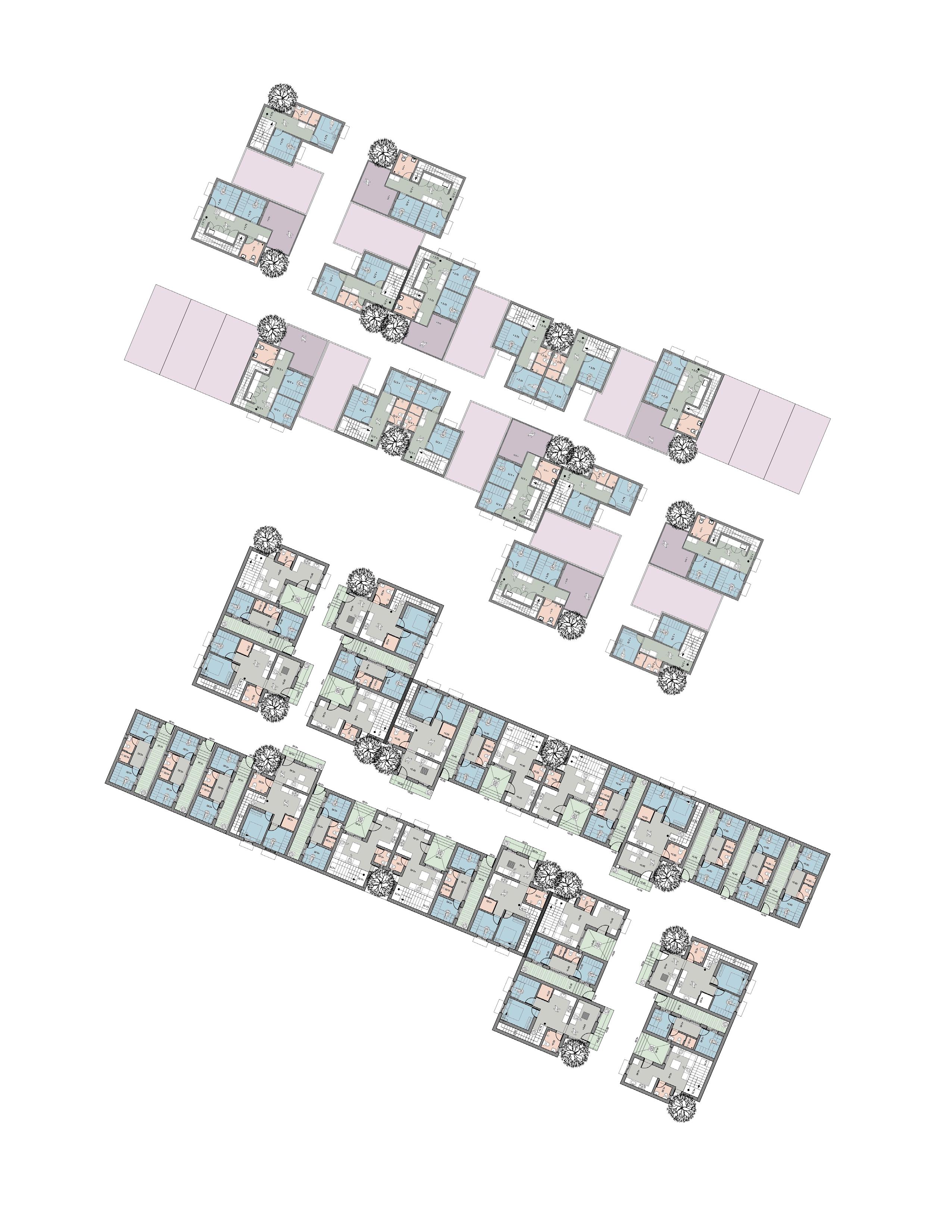
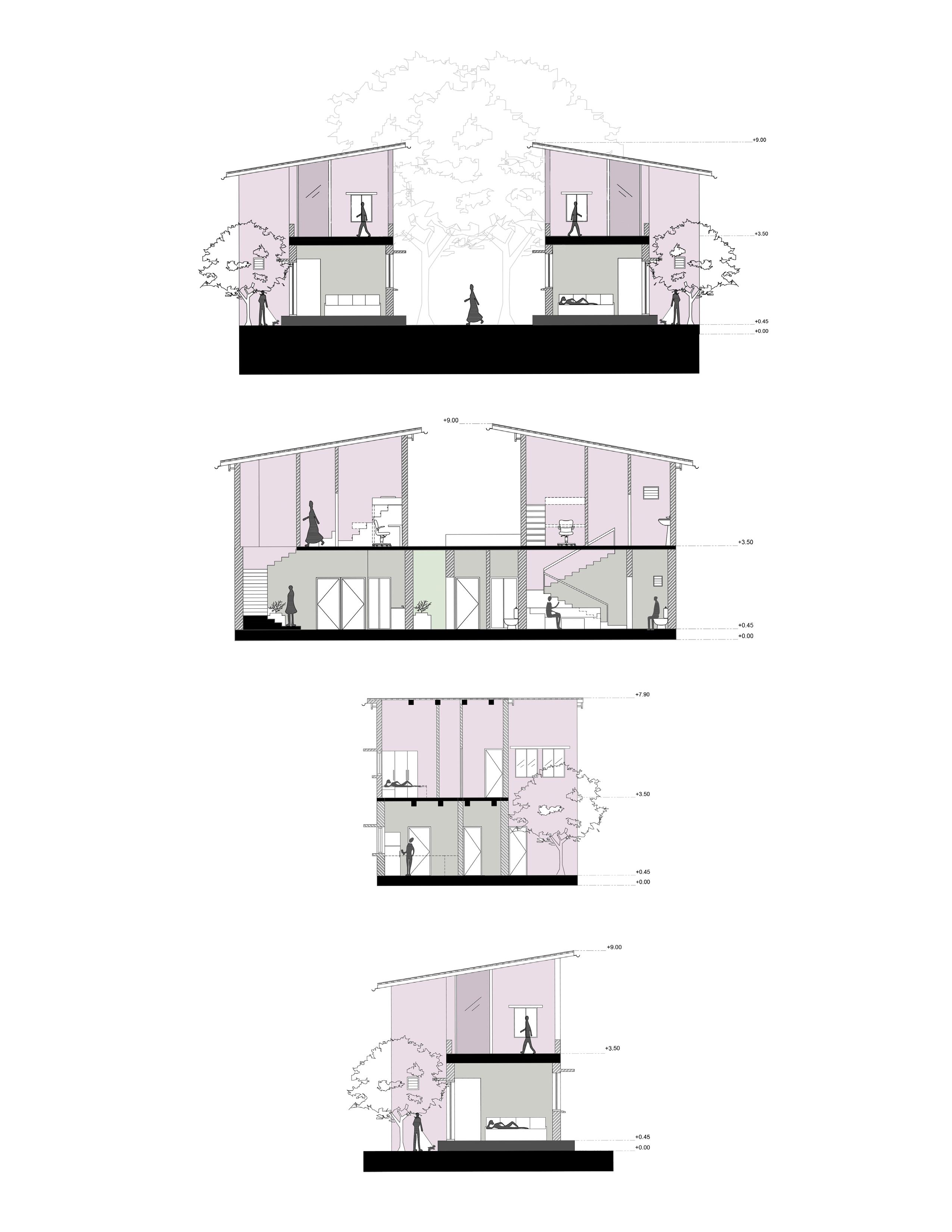
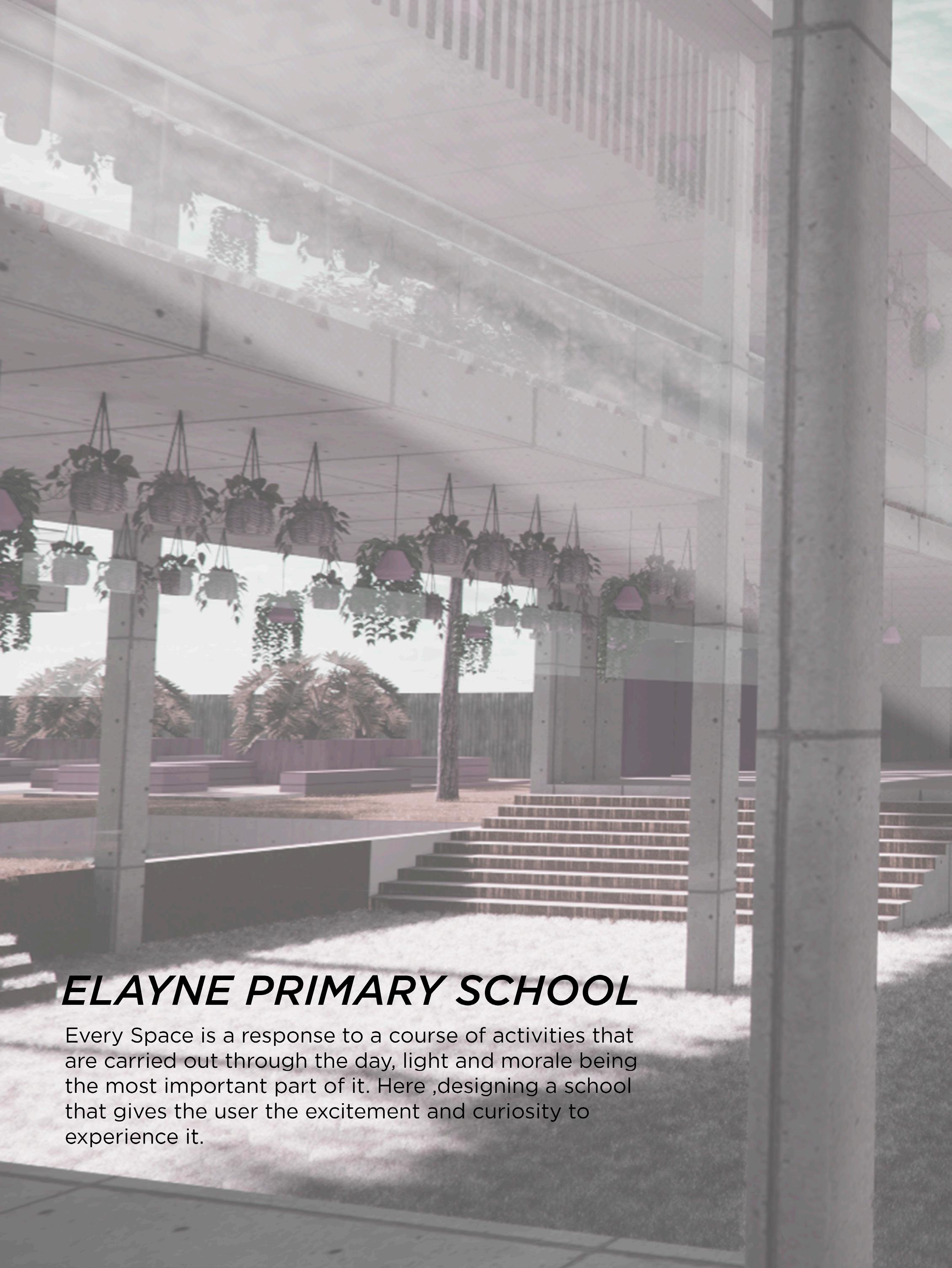
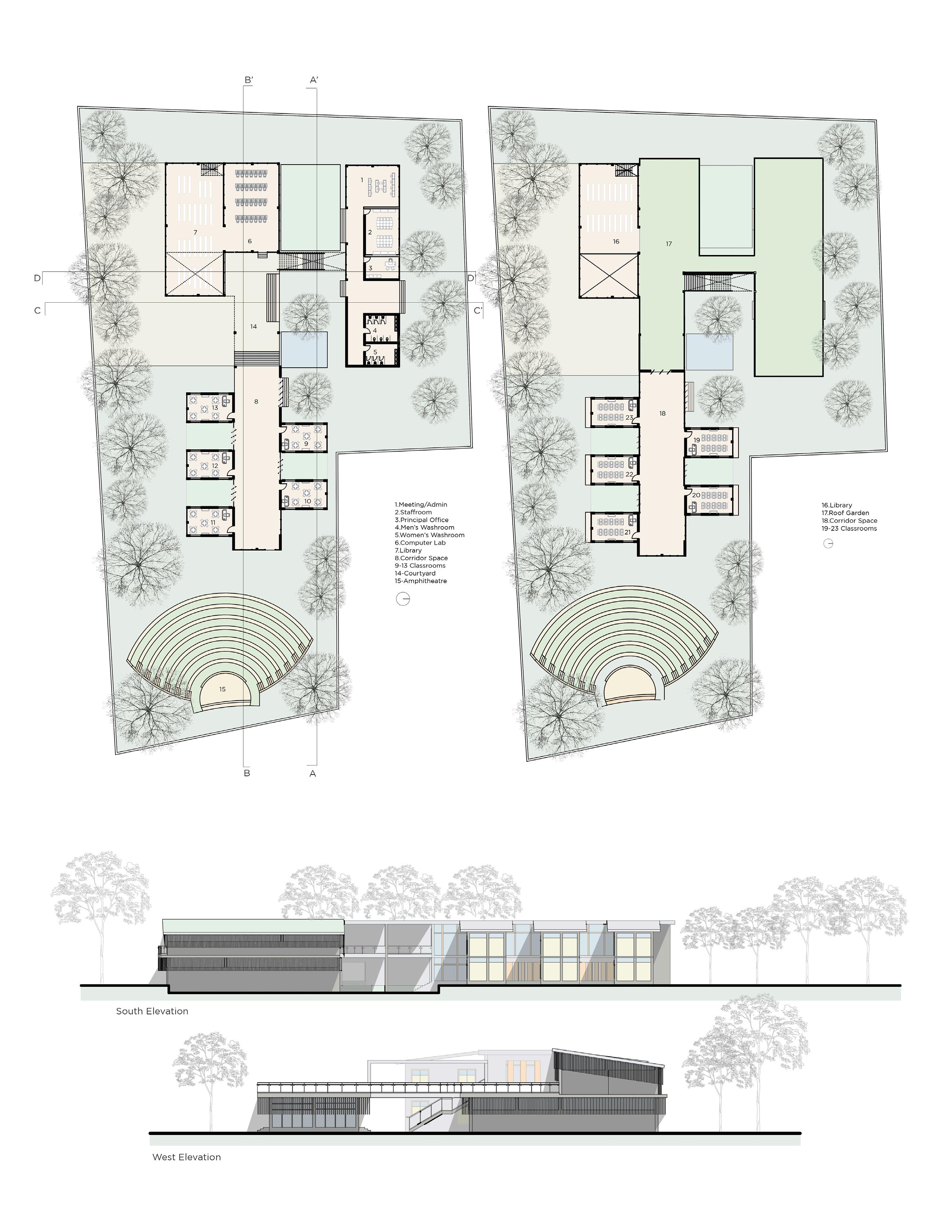

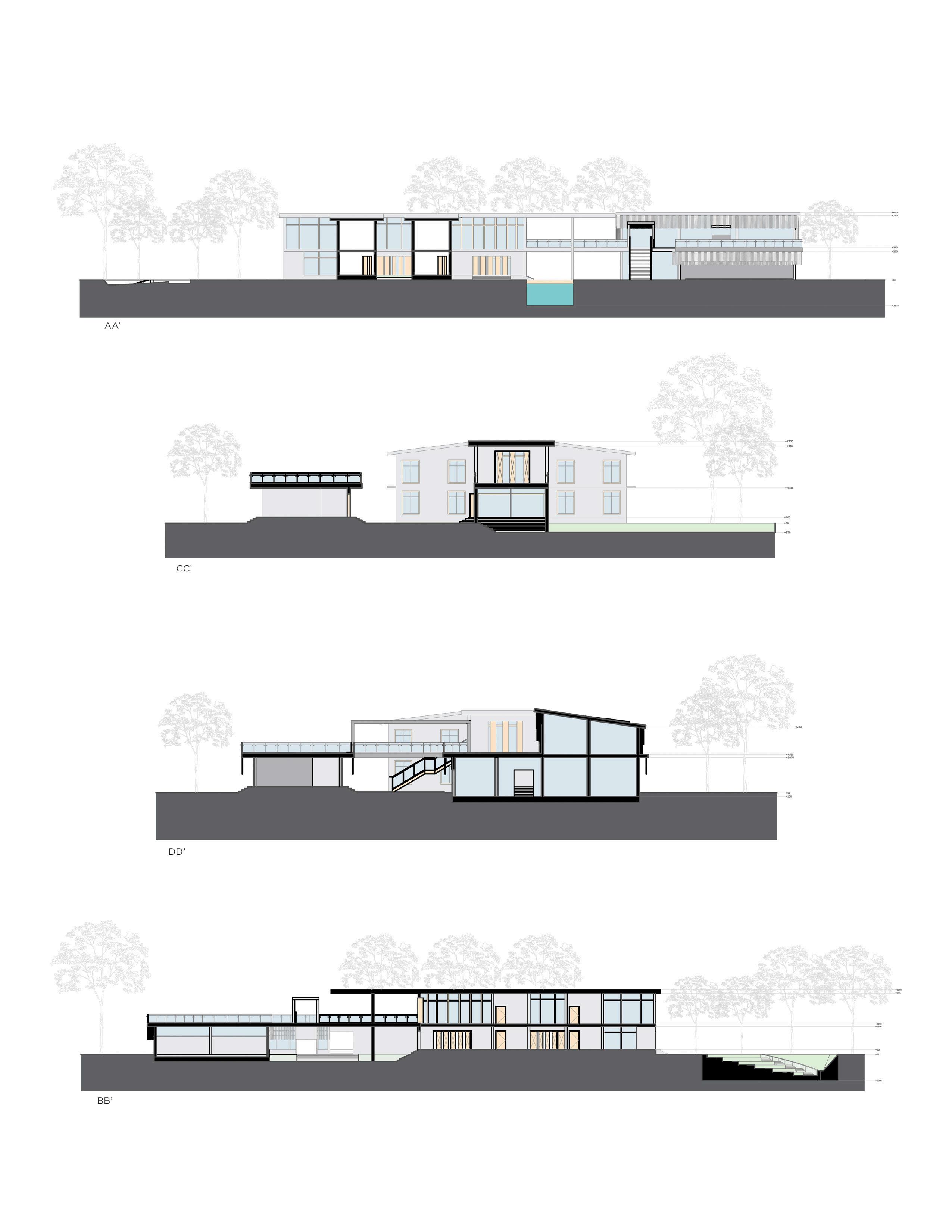
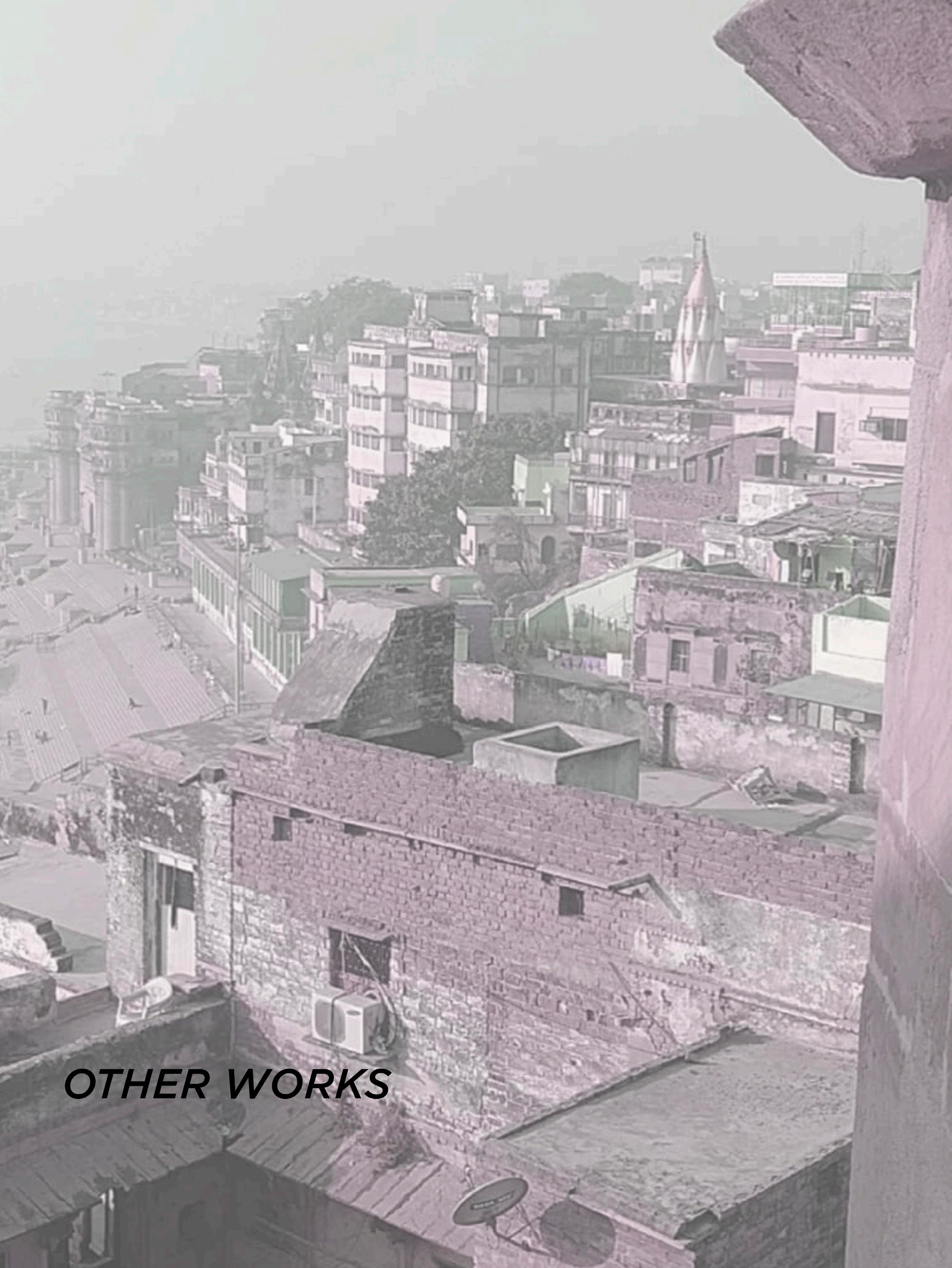
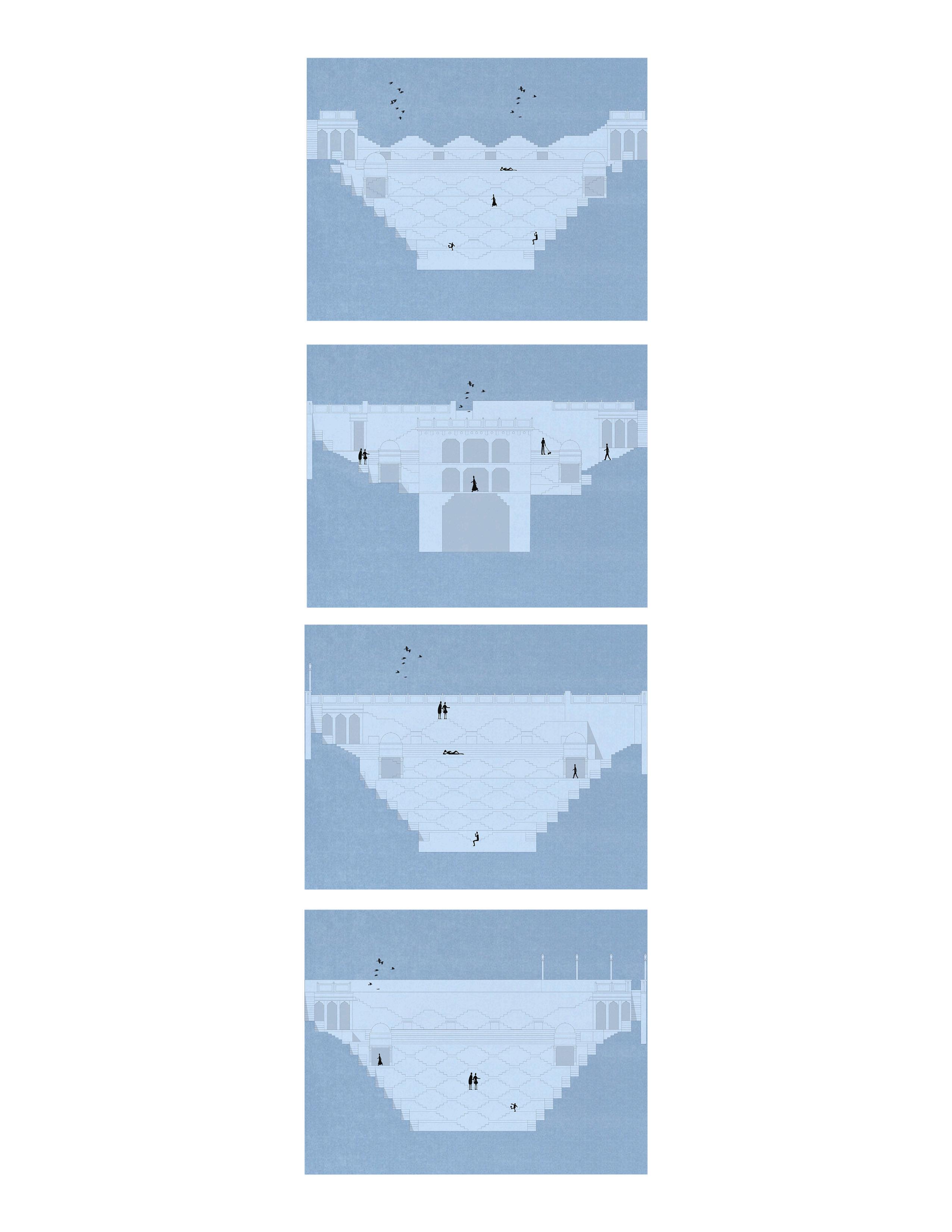

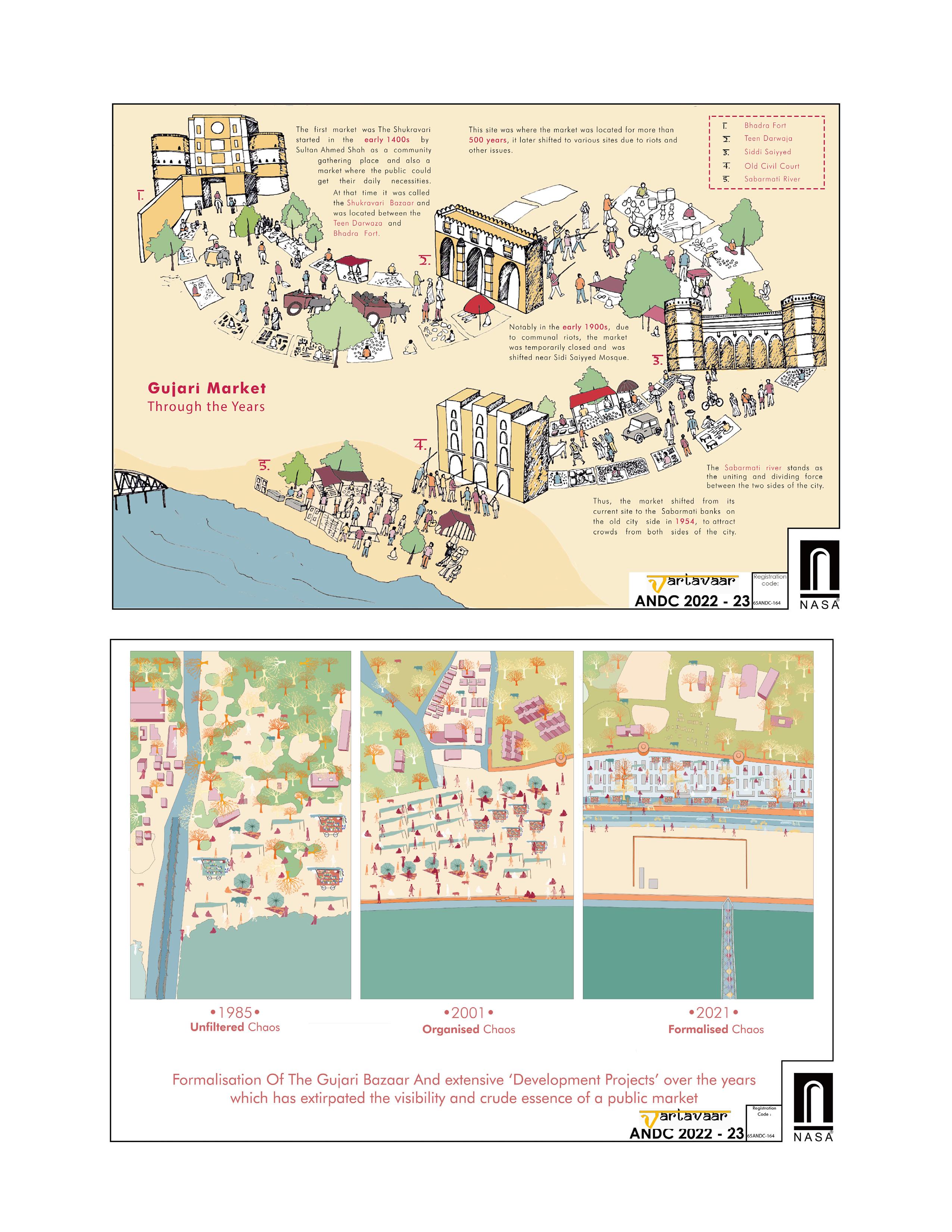
Section Showing Ghats of Varanasi
Panchganga Ghat ,one of the pilgrim ghats ,it’s ancient name was Bindumadhav Ghat because of the Bindumadhav (Vishnu) temple on the ghat. Panchanad Teerth is prominent among the pilgrimages located in the Ganges in front of the Ghat. After the destruction of the main temple (Bindumadhav) of the ghat by Aurangzeb in the 17th century AD and converted it into a mosque, the name of the ghat was changed to Panchanad or Panchganga.
